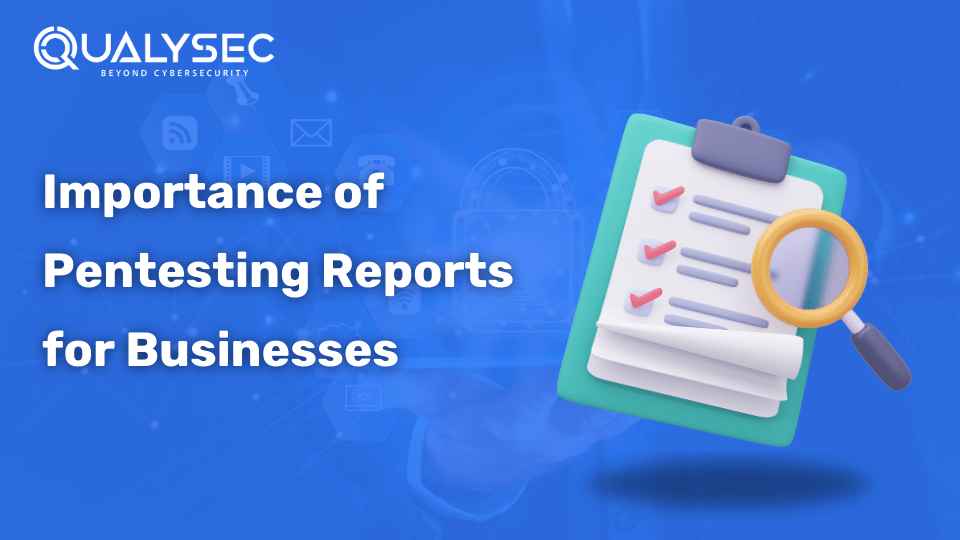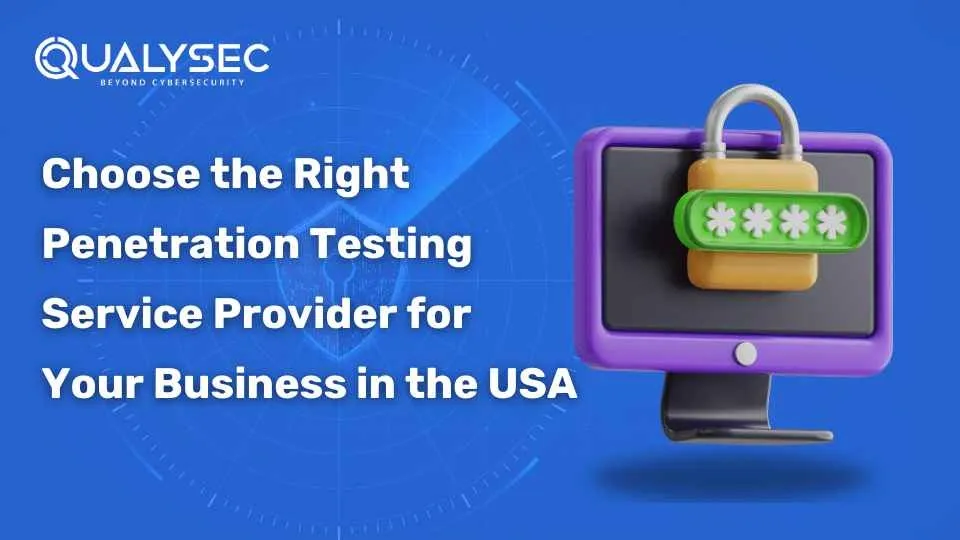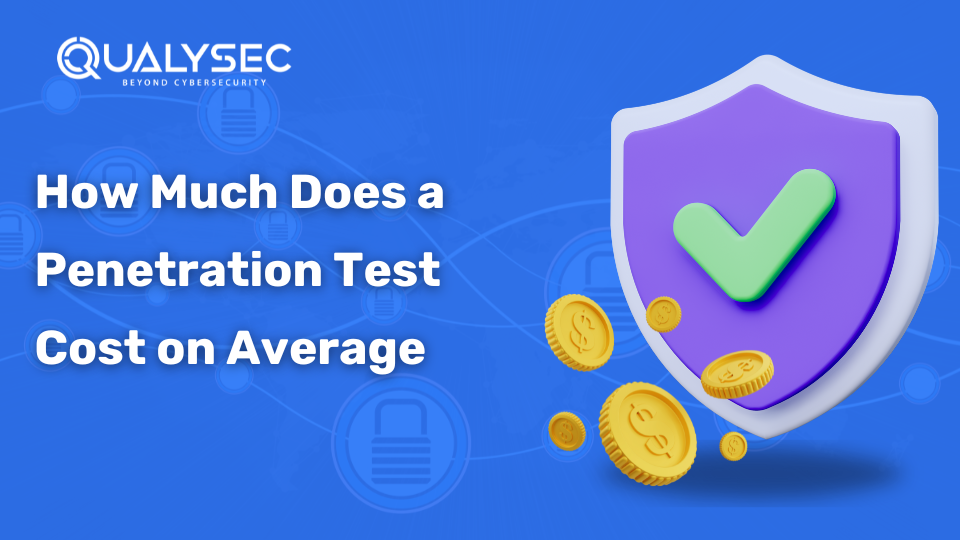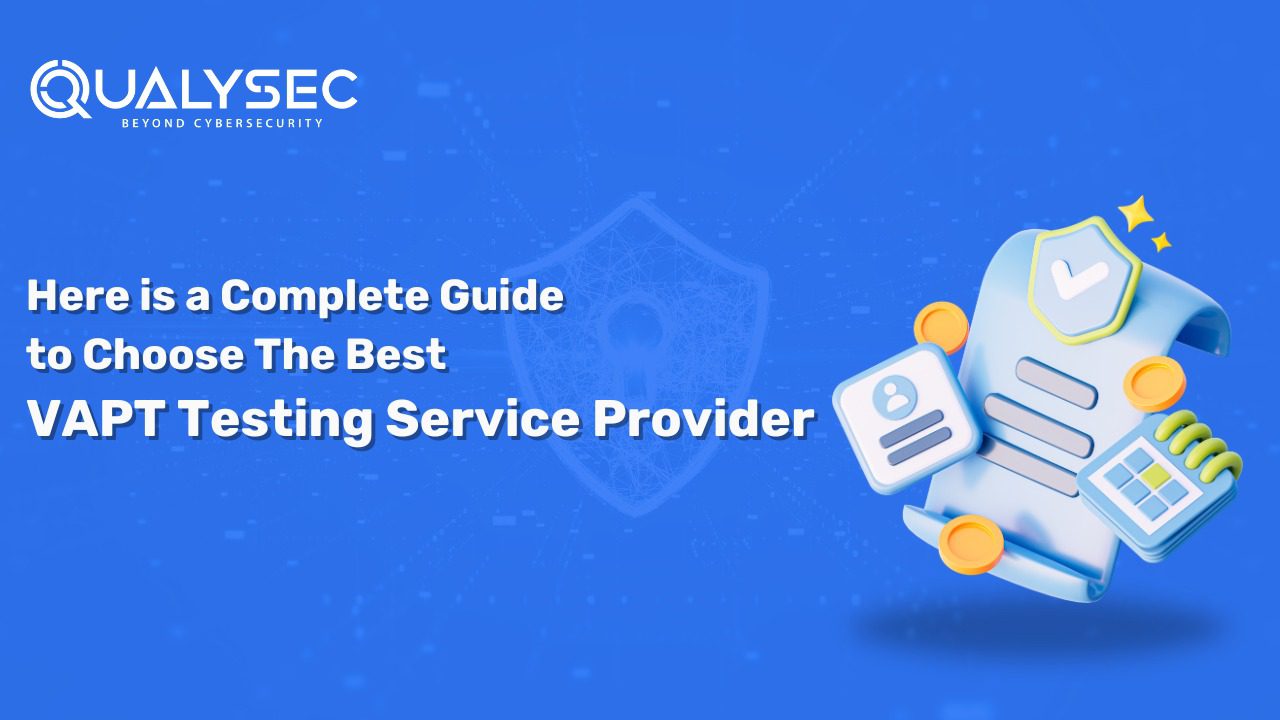Top 10 Latest Security Threats in E-commerce and Their Solutions
Table of Contents Every year, security threats in e-commerce cost online retailers billions of dollars. These threats are so devastating that they can even force online stores to shut down. Although many e-commerce businesses are taking security seriously, cybercriminals still attack them because they deal with sensitive data and financial transactions. The e-commerce industry accounts
Read More












